PennDOT Pathways: Potential Funding Solutions
Potential Funding Solutions
This page is best viewed in Chrome, Edge or Firefox.
We have identified various alternative funding strategies that — with the necessary legislation and approvals — could help maintain a state of good repair on our highways and bridges.
Note: The Pennsylvania Public-Private Partnership (P3) law, as amended by Act 84 of 2022, permits optional tolling via Pennsylvania Public-Private Partnership (P3) contracts. Additional state legislation would be required to implement any other tolling options.
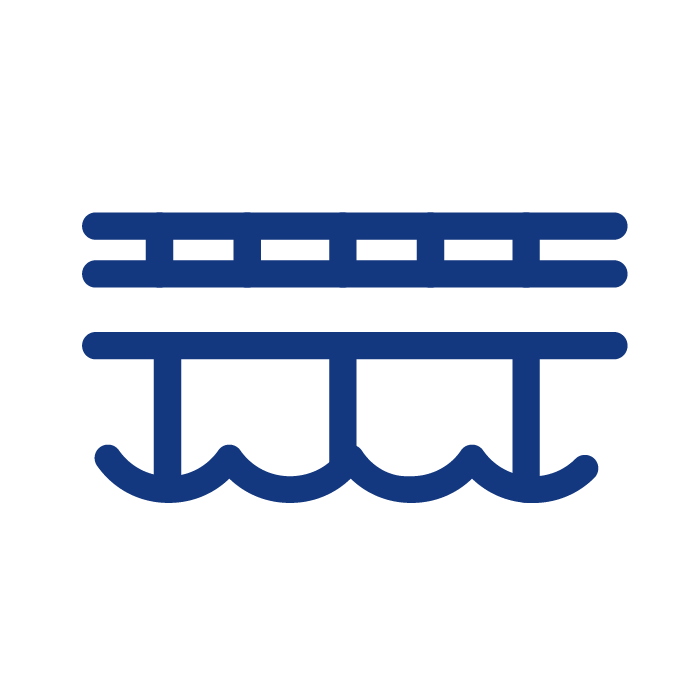
Bridge Tolling
There are several ways to fund costly infrastructure projects. Tolling, including bridge tolling, has been a proven way of doing so for a number of years across the country and the Commonwealth. The Pennsylvania Public-Private Partnership (P3) law, as amended by Act 84 of 2022, permits optional tolling via P3 contracts.
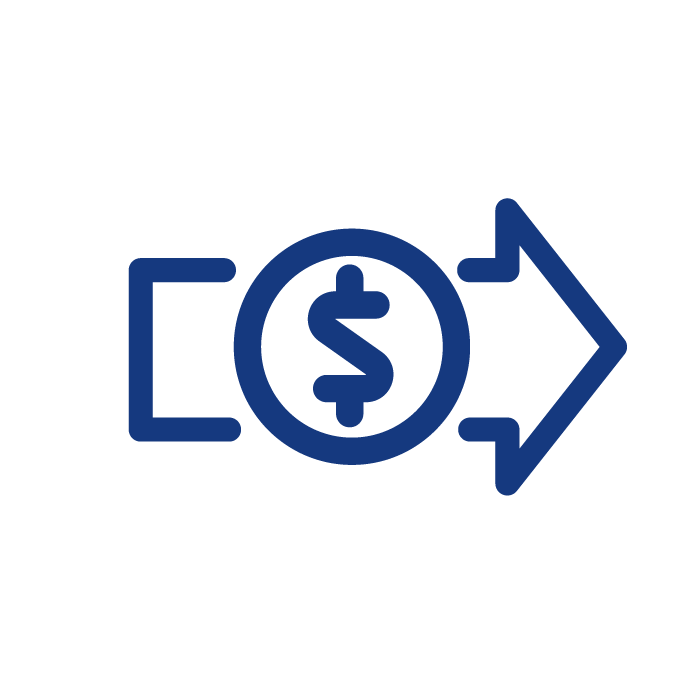
Mileage-Based User Fees / Road-User Fees
These charges are a little different from tolls in that they may be tied to GPS technologies to calculate the number of miles you drive, not where you drive, or a flat fee as with Road-User Fees. Essentially, drivers would be charged a small fee for each mile they drive during the year.
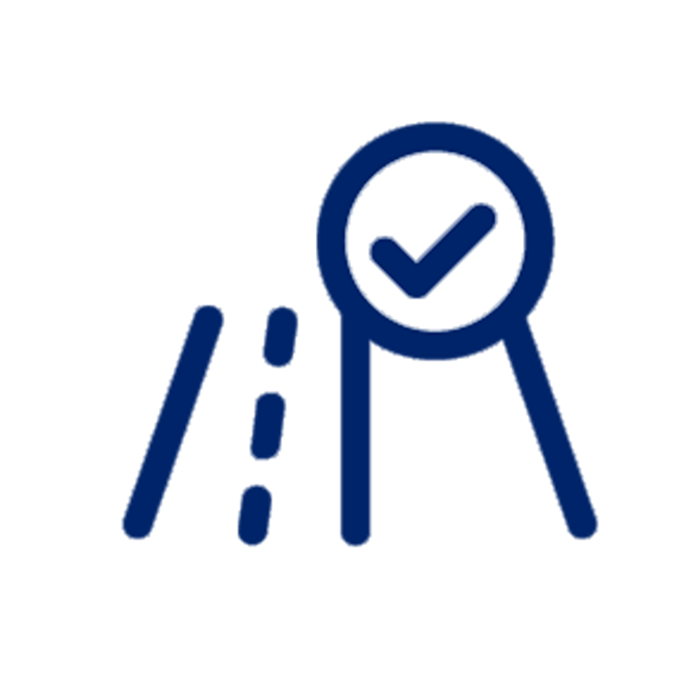
Managed Lanes
Managed lanes are additional lanes on a highway where the traffic is managed for faster travel. With managed lanes, traffic can be regulated by charging a toll, or by encouraging carpooling. It offers a choice to drivers — to pay a fee, carpool, or use the regular lanes.
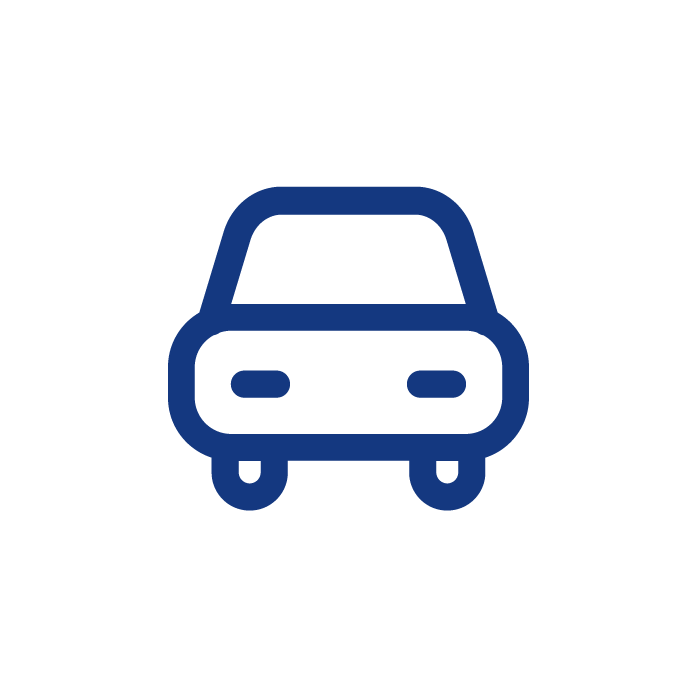
Congestion Pricing
Congestion pricing is another form of tolling where toll rates vary based on the congestion on the roadway — encouraging users to carpool or use alternative routes when traffic gets too heavy — creating a reliable speed and trip.
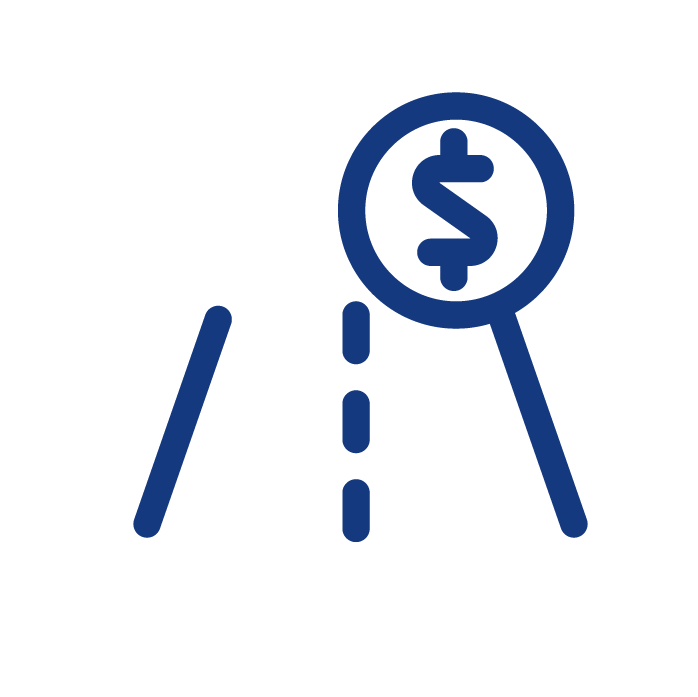
Corridor Tolling
Corridor tolling is similar to what we currently have on the Pennsylvania Turnpike. Corridor tolling means tolling interstates and expressways based on the distance traveled along that road.

Fees and Taxes
This may include vehicle-related or package delivery fees, and/or various taxes, with the exception of the gas tax.
Some of these potential funding strategies might work better in certain scenarios and locations than others. It's important to note that as we studied funding options, we considered how different strategies could work together as both near- and long-term solutions.
PennDOT Pathways — Planning and Environmental Linkages (PEL) Study
Now that we have identified some of the potential funding options, how do we figure out what works best for Pennsylvania?
The PennDOT Pathways Program began with a Planning and Environmental Linkages, or PEL, Study. The PEL study evaluated potential funding options and analyzed which options were likely to work best for various situations, as well as which options would provide the best near- and long-term solutions.
There are several steps to the study:
- Establish the purpose of the study
- Identify potential near- and long-term solutions
- Evaluate and advance appropriate funding solutions
- Recommend funding solutions and identify how and when they would be implemented
- Design a framework for implementing the recommended funding solutions
What questions do we ask when analyzing a potential funding solution?
- What are the benefits of this funding solution?
- Are there any negative impacts of this funding solution?
- What are the effects of this funding solution on low-income and minority populations?
- Does the funding solution consider our infrastructure requirements?
When assessing long-term solutions, we also ask:
- What approvals or authorizations will the funding solution require?
- How long will it take to put the funding solution into practice?
What We Heard From Pennsylvanians
In November 2020, PennDOT Pathways was launched and input was sought on the alternative funding options evaluated in the PEL. Nearly 6,000 people attended the online engagement opportunity; 375 comments were received. The top five comment topics heard from Pennsylvanians and stakeholders included:
Suggestions to Raise Additional Funds
Opposition to Tax Increases
Suggestions for Budget Cuts/Layoffs

Suggestions to Raise Additional Funds

Opposition to Tax Increases

Suggestions for Budget Cuts/Layoffs

Opposition to Tolls

Support for Tolls
Since that time, we've conducted public outreach and involvement activities from community workshops on traffic concerns in each of the nine bridge project areas, to Telephone Town Halls, presentations and electronic and printed communications throughout the state. Here are just a few of those efforts and the engagement as a result.
All metrics November 2020 - June 2021, unless otherwise noted.

Monthly
e-Newsletters issued since December

137,506
Website Pageviews

14
Press Releases

9
Media Briefings

50+
Media Interviews

4,775
Comments Received

35+
FAQs Answered and Growing

1,194
Local / Regional Stakeholder Updates

40+
Community and Industry Group Presentations
by the Secretary, Executive and Program Staff (as of 6/2021)

5,241
Email News Alerts / Notifications
to Legislators, Stakeholders, the Media and the Public

1.6 million
Social Impressions
327
Social Media Posts
88,776
Social Media User Engagements*
*Social Media User Engagements is defined as likes, reactions, comments, shares, retweets, and link clicks.